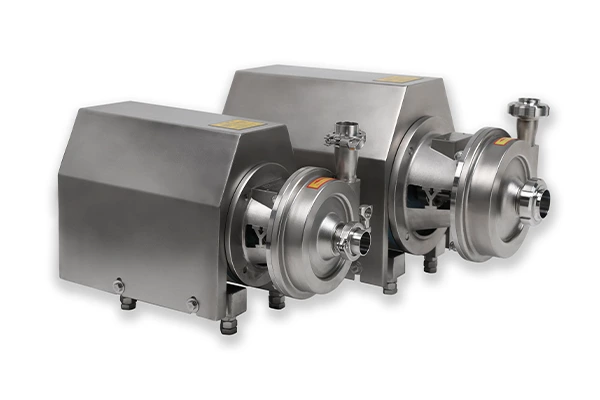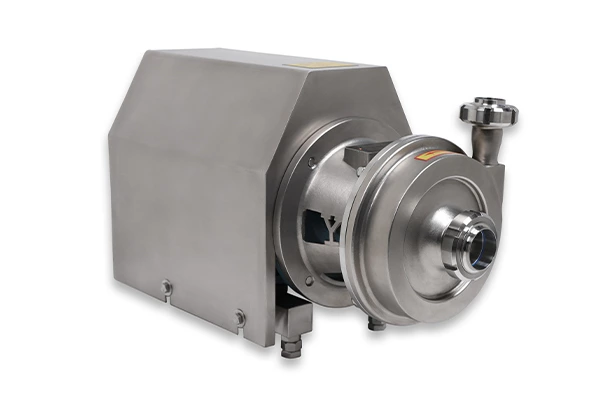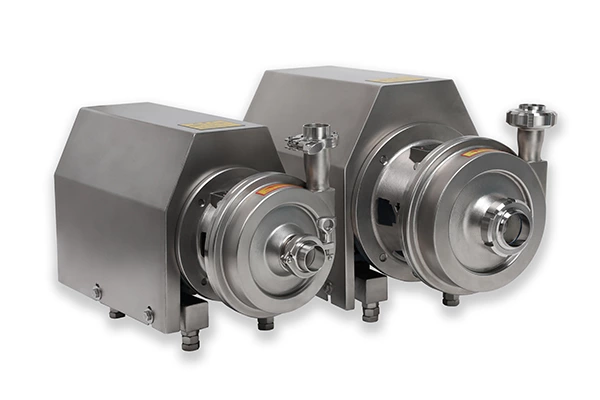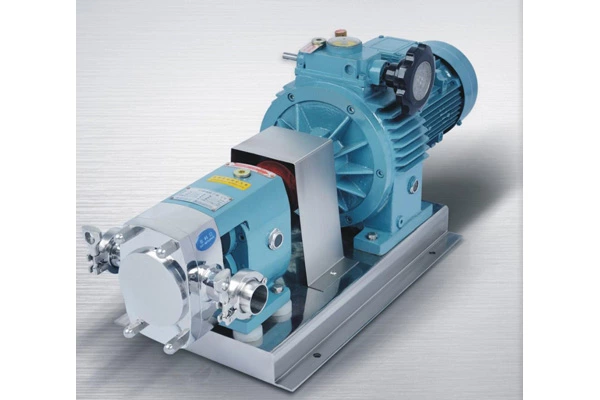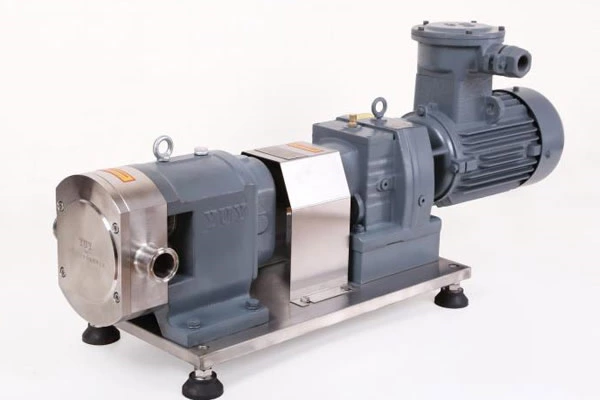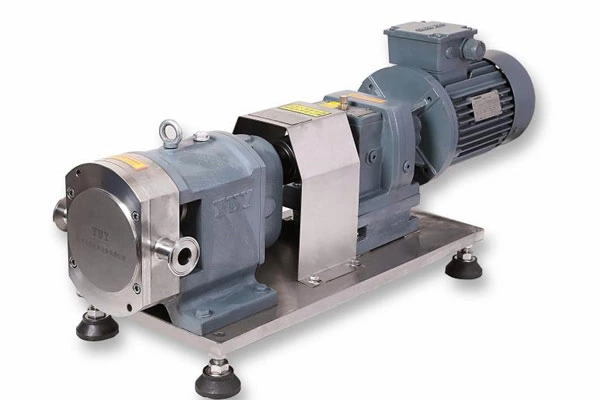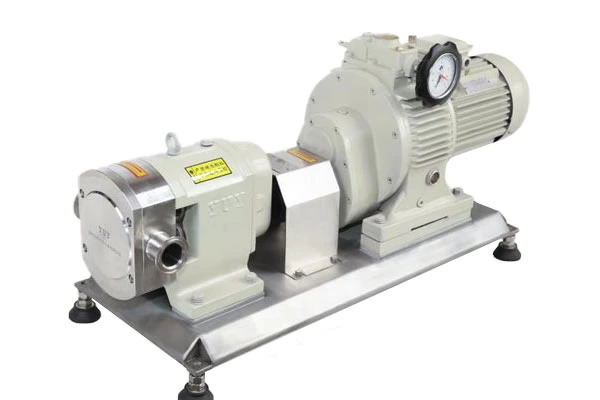Causes Of Damage To The Diaphragm Of Sanitary Centrifugal Pumps
Sanitary Centrifugal Pump Causes of diaphragm damage
1. The support of the diaphragm control rod is seriously worn, causing the control rod to be eccentric and sink, increasing the force on the diaphragm and easily tearing the diaphragm.
2. The unit has a pressure difference, causing the sanitary centrifugal pump to overpressure, and the diaphragm is subjected to an increase in instantaneous force, causing it to rupture.
3. The nitrogen bag is pre-filled with 2.2mpa nitrogen, which has a good resistance effect. During operation, the pressure reflected on the pressure gauge is the operating pressure rather than the pressure of the nitrogen bag (which can only be seen when the pump is stopped). If the nitrogen bag is damaged or the pressure is reduced during operation, the diaphragm is operated in a resistance-free state, which will lead to hydraulic imbalance and the diaphragm is prone to collision and damage.
4. The diaphragm itself is of poor quality, inelastic, and has low material strength.
5. The feed contains 3-8mm stones or large pieces of material and the solid mass percentage in the slurry exceeds 20%, causing valve jamming and pump pressure fluctuations, or because the valve cone is not positioned accurately during valve assembly, causing the valve to pierce, resulting in an increase in the instantaneous force on the diaphragm and causing rupture.
6. Since the volume of the sanitary centrifugal pump is fixed, if the feed is unstable and the pressure is low, the material level of the feed compensator is lower than 1.2m, the material level in the pressure stabilizing device is abnormal, and the slurry in the pump separates to form gaps during feeding, resulting in lack of material, empty pump, hammering or impact, or even cavitation, which increases the variable stress on the diaphragm and the frequency, causing fatigue damage or breakdown of the diaphragm.
7. The air in the diaphragm chamber is not exhausted, and the volume of the gas changes with the change of the propulsion liquid pressure, forming an air hammer, increasing the local force on the diaphragm, and breaking the diaphragm.
8. The feed temperature exceeds the specified 100°C, which accelerates the aging of the diaphragm. At the same time, the material will generate steam bubbles in the steam, and when the gas enters the diaphragm chamber or the unloading valve leaks, the propulsion liquid pressure decreases, which causes uneven force on the diaphragm and fatigue damage.
